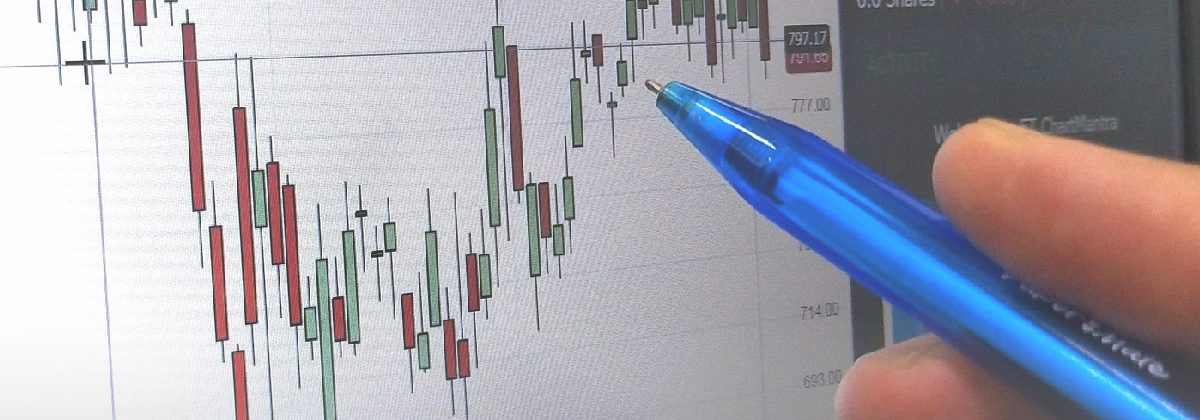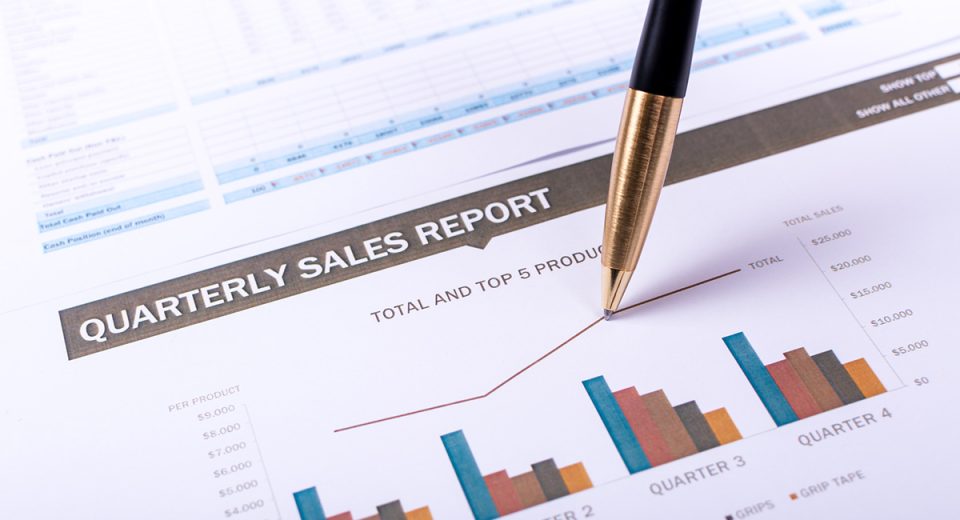CFD Trading Tips for Falling Markets

The financial markets are cyclical in nature. There will be rallies and an equal number of dips. Plus, geopolitical and economic developments will move prices up and down. The markets have largely been on a downward trajectory in 2025 due to ongoing geopolitical tensions in the Middle East as well as uncertainties associated with the Trump tariffs, such as the US-China negotiations, potential slowdown in the global economy and sticky inflation in the US. The key to maximising trading opportunities is to bolster your trading strategy to find entry points in both rising and falling markets.
Contracts for Difference (CFDs) are a popular trading instrument for capturing downward price moves. CFDs are agreements to exchange the difference in price from the time the contract is opened to the time it is closed. You don’t need to own the underlying asset. Also, you get to magnify market exposure with leverage. So, here’s a look at ways to trade falling markets via CFDs.
Short Selling
This is possibly the most popular trading strategy when traders expect asset prices to continue to fall. The key is to time your entry well so that you can capture the peak decline. In short selling, traders usually borrow an asset from their broker to sell in anticipation of its price declining. They then buy the asset back at a lower price, earning from the difference in prices. However, while trading CFDs, you don’t need to buy or sell any asset. You simply open a sell contract on the asset that your technical analysis indicates is likely to decline in price.
Short-Term Spikes
Uptrends and downtrends tend to see short periods when the price retraces or moves in the opposite direction to the ongoing trend before returning to the earlier direction of price movement. Traders attempt to capture these short-term price spikes during falling markets. This requires a combination of technical analysis, risk management, and a clear understanding of market dynamics. Use charts and indicators like moving averages, Bollinger Bands, and RSI to spot potential breakouts and trend changes, which can precede spikes. Also, stay informed about news events that could trigger price spikes.
Trading Indices
Indices diversify your portfolio and give you a cushion against underperformance of a sector or a group of stocks. An index is composed of stocks belonging to a specific economy or sector. For instance, the FTSE 100 consists of the top 100 stocks on the London Stock Exchange, giving you exposure to the UK economy with a single trade. On the other hand, the Nasdaq 100 is called “tech-heavy” because it primarily reflects the performance of the largest non-financial companies, with a significant portion of those companies being from the technology sector. You can achieve similar diversification with ETFs. With indices and ETFs, the underperformance of some stocks or a sector can be mitigated by the overperformance of other stocks or sectors. Plus, you can use CFDs to short-sell indices or ETFs rather than looking for individual stocks.
Trading the VIX
The Volatility Index, or VIX, is a very different kind of index. It indicates the level of volatility expected in the financial markets over the next 30 days. It is also considered a useful indicator of investor sentiment. Historically, the VIX has often predicted bearish sentiment, sudden sell-offs and falling prices. So, some traders observe the index to make market predictions while others actively trade it. The VIX tends to be negatively correlated with the stock markets, meaning that, when stock prices fall, the VIX rises. This makes it a viable trading option during falling markets or to hedge stock or index positions.
Trading Safe Havens
Gold is one of the most popular safe-haven assets. During times of market uncertainty, traders tend to flock to the precious metal. Gold prices often rise during times of inflation, with investors using the yellow metal to protect their purchasing power against the erosion of value in fiat currencies. In addition, gold tends to move inversely to traditional assets like stocks and bonds, providing diversification benefits and helping to stabilise portfolios. The US dollar, Japanese yen and Swiss franc are also considered safe havens. This means these currencies tend to rise due to increased demand when the overall markets decline. The advantage of trading forex with CFDs is that you can take a long position on a currency pair and hedge it with a smaller short position in the same pair or vice versa.
Risk Management is Key in Falling Markets
Experienced traders make risk management an indispensable part of their trading strategy. Risk management becomes critical in volatile markets and while trading CFDs. Remember that CFDs are traded on leverage, which magnifies your market exposure. This means that your profit potential is amplified, but so is your loss potential. So, if your predictions don’t pan out, your funds could be wiped out in the absence of risk management measures.
The most popular way to cushion your portfolio against unexpected market moves is diversification. We’ve already discussed how index trading can diversify your portfolio with a single position. Also, invest in uncorrelated or negatively correlated assets to protect yourself in falling or volatile markets. For instance, gold has historically shown a negative correlation to the US dollar, although both are considered safe haven assets. This means that when the US dollar weakens, gold tends to strengthen. It all comes down to the old adage of not putting all your eggs in one basket.
Stop-loss and take profit orders are also considered powerful risk management tools. Experienced traders usually set their stop loss and take profit orders at the time of opening a position. This way, if the market moves unfavourably, the stop-loss order will kick in before the losses mount. And if the market moves favourably, the take-profit order will lock in gains before the market reverses.
One last point for trading falling markets is to keep a long-term perspective. The markets tend to be cyclical, which means they will rise and fall periodically. Plus, the markets tend to correct themselves, in what has been termed mean reversion. This means that assets tend to gravitate towards their average price range after surging or plunging away from the mean.
Finally, the most important aspect of trading falling markets is to keep emotions out of decision-making. Hone your trading strategy and stick to it. Base decisions on thorough research and market analysis rather than giving in to impulsiveness.
To Sum Up
- You can trade both rising and falling markets with CFDs.
- CFD trading simplifies short selling, which is a popular trading strategy for falling prices.
- They also allow you to make the most of short-term spikes in falling markets.
- Trading indices, ETFs, VIX and safe havens are popular choices during times of uncertainty.
- Risk management is key to protecting yourself against unfavourable market moves.
- Portfolio diversification, stop loss and take profit are common risk management measures.
Disclaimer:
All data, information and materials are published and provided “as is” solely for informational purposes only, and is not intended nor should be considered, in any way, as investment advice, recommendations, and/or suggestions for performing any actions with financial instruments. The information and opinions presented do not take into account any particular individual’s investment objectives, financial situation or needs, and hence does not constitute as an advice or a recommendation with respect to any investment product. All investors should seek advice from certified financial advisors based on their unique situation before making any investment decisions in accordance to their personal risk appetite. Blackwell Global endeavours to ensure that the information provided is complete and correct, but make no representation as to the actuality, accuracy or completeness of the information. Information, data and opinions may change without notice and Blackwell Global is not obliged to update on the changes. The opinions and views expressed are solely those of the authors and analysts and do not necessarily represent that of Blackwell Global or its management, shareholders, and affiliates. Any projections or views of the market provided may not prove to be accurate. Past performance is not necessarily an indicative of future performance. Blackwell Global assumes no liability for any loss arising directly or indirectly from use of or reliance on such information here in contained. Reproduction of this information, in whole or in part, is not permitted.




